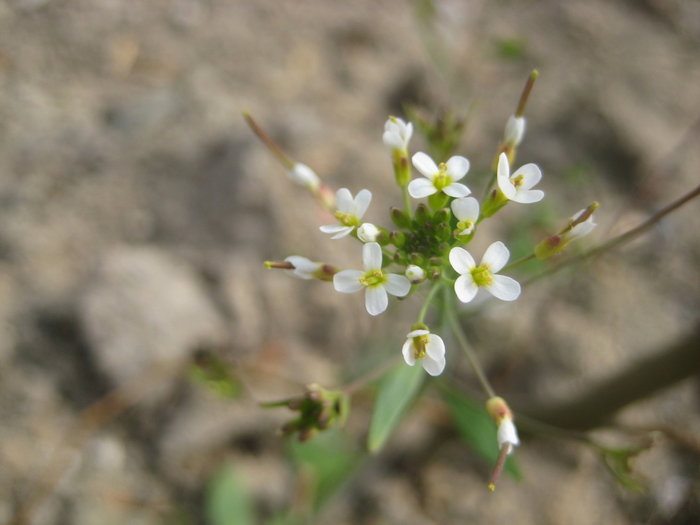Experiments from the 1940s established a key tenet of genetics—mutagenesis occurs randomly across the genome. New research, however, suggests that mutations may be less random than originally thought. Using Arabidopsis thaliana, researchers showed that the rate of mutation in the model plant is lower in certain genomic regions. Specifically, regions that are important for certain functions—where mutations could do more harm. The findings may radically change the understanding of evolution and could one day help researchers breed better crops or even help humans fight cancer.
This work is published in Nature in the paper, “Mutation bias reflects natural selection in Arabidopsis thaliana.”
“We always thought of mutation as basically random across the genome,” said Grey Monroe, PhD, an assistant professor in the University of California, Davis, department of plant sciences. “It turns out that mutation is very nonrandom and it’s nonrandom in a way that benefits the plant. It’s a totally new way of thinking about mutation.”
Researchers spent three years sequencing the DNA of hundreds of A. thaliana in large-scale mutation-accumulation experiments. The plant has a relatively small genome comprising around 120 million base pairs. The sequence data revealed more than one million mutations. Within those mutations, a nonrandom pattern was revealed, counter to what was expected.
“At first glance, what we found seemed to contradict the established theory that initial mutations are entirely random and that only natural selection determines which mutations are observed in organisms,” said Detlef Weigel, PhD, scientific director at Max Planck Institute.
Instead of randomness, they found areas of the genome—which contained an over-representation of essential genes—with lower mutation rates. More specifically, the authors noted that, “Mutation frequency is reduced by half inside gene bodies and by two-thirds in essential genes.”
“These are the really important regions of the genome,” Monroe said. “The areas that are the most biologically important are the ones being protected from mutation.”
The areas are also sensitive to the harmful effects of new mutations. “DNA damage repair seems therefore to be particularly effective in these regions,” Weigel added.
The findings show that epigenomic and physical features explain over 90% of variance in the genome-wide pattern of mutation bias surrounding genes. And genes that are subject to stronger purifying selection have a lower mutation rate. “It means we can predict which genes are more likely to mutate than others and it gives us a good idea of what’s going on,” Weigel said.
This work adds a twist to Charles Darwin’s theory of evolution by natural selection because it reveals that the plant has evolved to protect its genes from mutation to ensure survival.
“The plant has evolved a way to protect its most important places from mutation,” Weigel said. “This is exciting because we could even use these discoveries to think about how to protect human genes from mutation.”
Knowing why some regions of the genome mutate more than others could help breeders who rely on genetic variation to develop better crops. Scientists could also use the information to better predict or develop new treatments for diseases like cancer that are caused by mutation.
“Our discoveries yield a more complete account of the forces driving patterns of natural variation; they should inspire new avenues of theoretical and practical research on the role of mutation in evolution,” the paper concluded.



